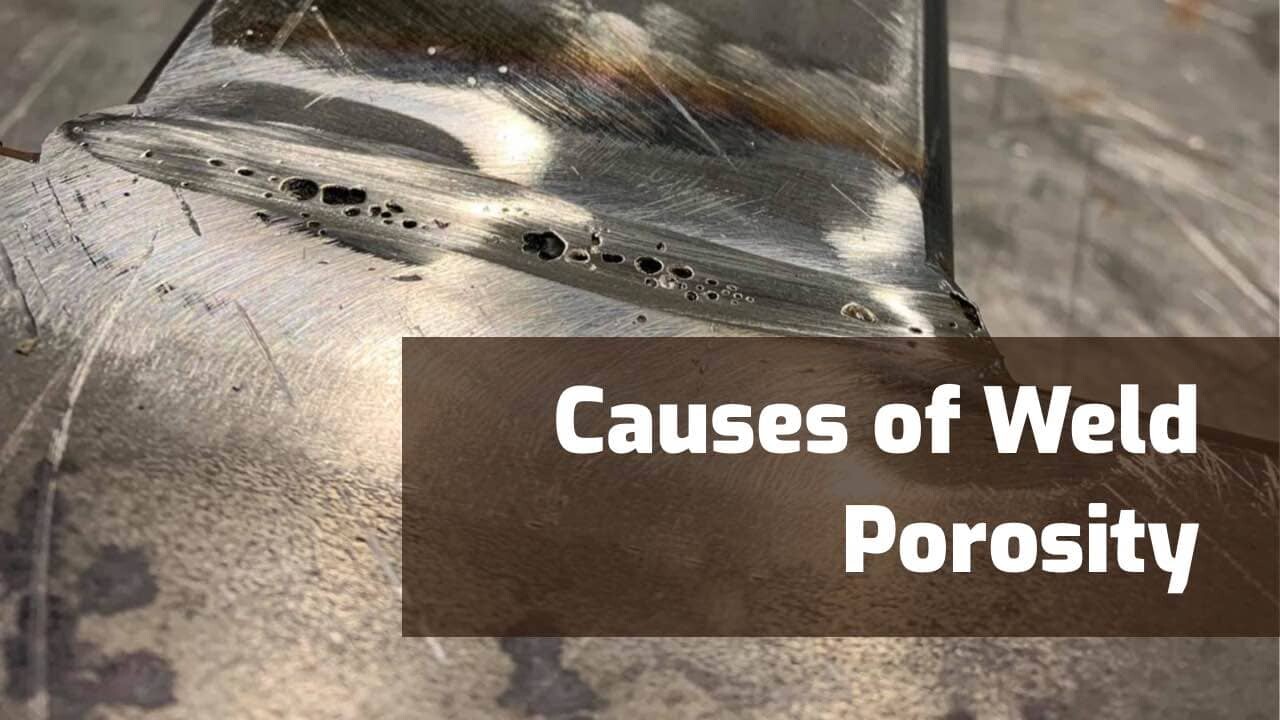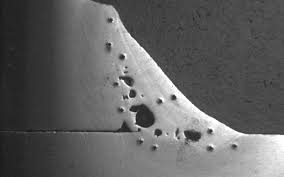Unwinding the Secret of Porosity in Welding: Tips for Reducing Flaws and Taking Full Advantage Of Quality
In the complex world of welding, porosity stays a persistent challenge that can substantially influence the quality and stability of bonded joints. Recognizing the aspects that add to porosity development is crucial in the pursuit of remarkable welds. By deciphering the mystery of porosity and applying effective techniques for defect reduction, welders can elevate the criteria of their job to accomplish premium high quality end results. As we dig right into the depths of porosity in welding, discovering the keys to its avoidance and control will be vital for experts seeking to grasp the art of top quality weldments.
Comprehending Porosity in Welding
Porosity in welding, a common problem encountered by welders, refers to the visibility of gas pockets or voids in the welded material, which can endanger the honesty and top quality of the weld. These gas pockets are commonly caught throughout the welding process due to numerous aspects such as improper securing gas, infected base materials, or incorrect welding parameters. The development of porosity can weaken the weld, making it at risk to breaking and deterioration, inevitably causing structural failings.
Understanding the origin of porosity is vital for welders to successfully stop its occurrence. By identifying the importance of keeping correct gas protecting, making certain the tidiness of base products, and optimizing welding setups, welders can dramatically decrease the possibility of porosity development. Additionally, using techniques like pre-heating the base product, employing proper welding techniques, and conducting thorough evaluations post-welding can additionally help in decreasing porosity problems. Overall, a comprehensive understanding of porosity in welding is vital for welders to generate top notch and durable welds.

Usual Sources Of Porosity
When checking welding procedures for prospective high quality problems, recognizing the typical reasons for porosity is crucial for preserving weld integrity and avoiding architectural failures. Porosity, identified by the visibility of tooth cavities or voids in the weld steel, can significantly jeopardize the mechanical buildings of a bonded joint. One usual source of porosity is inappropriate protecting gas coverage. Poor protecting gas flow prices or incorrect gas combinations can cause climatic contamination, resulting in porosity formation.
Additionally, welding at improper criteria, such as exceedingly high travel rates or currents, can create too much turbulence in the weld swimming pool, capturing gases and causing porosity. By resolving these usual reasons with correct gas protecting, material preparation, and adherence to optimum welding specifications, welders can minimize porosity and boost the quality of their welds.
Strategies for Porosity Avoidance
Carrying out efficient precautionary steps is essential in minimizing the occurrence of porosity in welding procedures. One method for porosity avoidance is ensuring proper cleaning of the base steel before welding. Contaminants such as oil, grease, corrosion, and paint can bring about porosity, so thorough cleansing making use of appropriate solvents or mechanical methods is crucial.

Another secret precautionary measure is the choice of the ideal welding consumables. Making use of high-grade filler materials and shielding gases that are ideal for the base steel and welding procedure can significantly lower the danger of porosity. In addition, keeping proper welding parameters, such as voltage, present, take a trip rate, and gas flow rate, is crucial for porosity avoidance. Differing the check this site out advised settings can lead to inappropriate gas coverage and inadequate fusion, bring about porosity.
In addition, employing appropriate welding methods, such as preserving a consistent travel rate, electrode angle, and arc length, can aid avoid porosity (What is Porosity). Ample training of welders to ensure they follow best techniques and quality assurance procedures is likewise essential in minimizing porosity problems in welding

Finest Practices for Top Quality Welds
Guaranteeing adherence to market standards and correct weld joint prep work are basic aspects of achieving regularly high-grade welds. In enhancement to these foundational steps, there are numerous ideal methods that welders can apply to better boost the high quality of their welds. One secret technique is maintaining appropriate tidiness in the welding location. Impurities such as oil, grease, rust, and paint can negatively affect the high quality of the weld, resulting in flaws. Extensively cleaning the work surface and surrounding location prior to welding can help minimize these issues.
One more finest technique is to carefully choose the ideal welding criteria for the particular materials being joined. This consists of establishing the proper voltage, existing, take a trip speed, and protecting gas circulation price. Proper specification choice ensures ideal weld infiltration, fusion, and total quality. Utilizing high-quality welding consumables, such as electrodes and filler metals, can considerably influence the final weld top quality. Purchasing premium consumables can cause stronger, extra durable welds with fewer flaws. By adhering to these ideal methods, welders can constantly produce high-grade welds that satisfy market requirements and go beyond customer assumptions.
Relevance of Porosity Control
Porosity control plays a crucial role in making certain the honesty and high quality of welding joints. Porosity, characterized by the presence of cavities or gaps within the weld metal, can considerably compromise the mechanical properties and architectural stability of the weld. Extreme porosity weakens the weld, making it much more vulnerable to fracturing, rust, and general failure under operational lots.
Reliable porosity control is necessary for maintaining the preferred mechanical properties, such as toughness, ductility, and sturdiness, of the official source welded joint. What is Porosity. By reducing porosity, welders can boost the overall quality and reliability of the weld, guaranteeing that straight from the source it satisfies the performance demands of the designated application
In addition, porosity control is important for achieving the preferred visual appearance of the weld. Excessive porosity not only weakens the weld however likewise interferes with its aesthetic appeal, which can be important in industries where aesthetics are very important. Appropriate porosity control methods, such as making use of the correct shielding gas, controlling the welding specifications, and ensuring proper tidiness of the base materials, are crucial for producing high-grade welds with minimal flaws.

Conclusion
In conclusion, porosity in welding is an usual problem that can endanger the quality of the weld. It is essential to control porosity in welding to make certain the stability and strength of the last item.